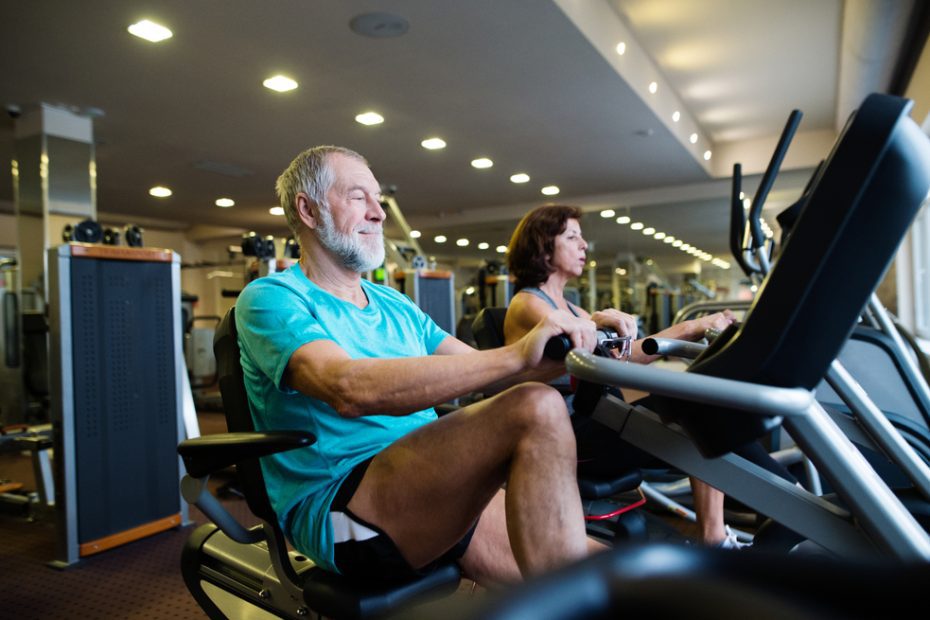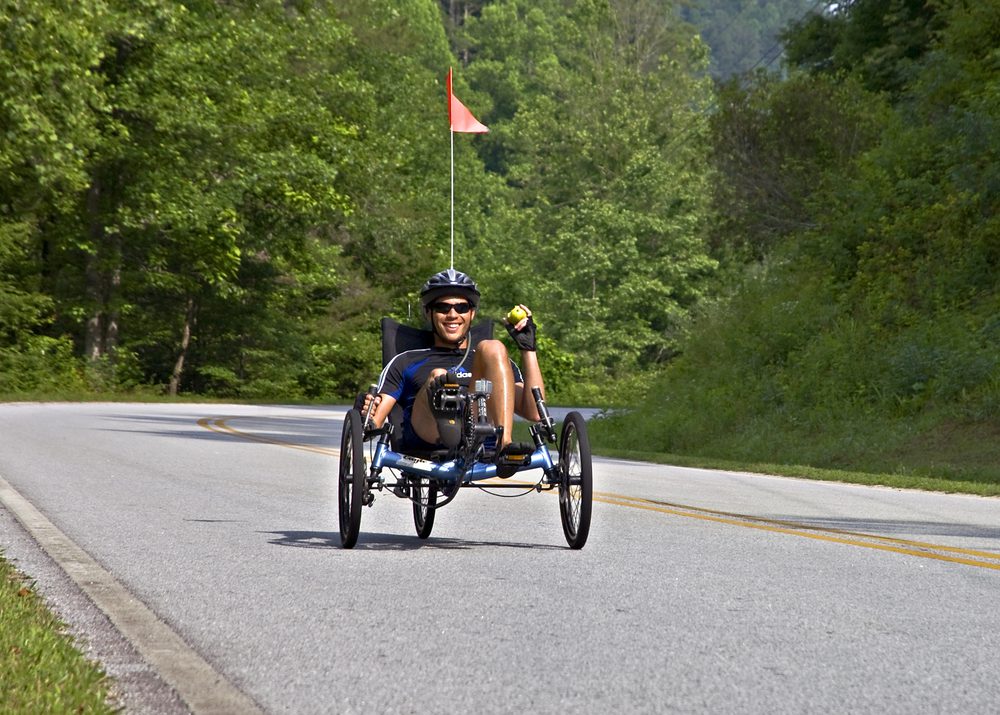How do you workout on a recumbent bike for weight loss?
If you’re looking to shed some pounds and improve your fitness, working out on a recumbent bike can be a great low-impact option. Recumbent bikes provide a comfortable and supportive seating position, making them suitable for people of all fitness levels, including those with joint issues or back pain. In this article, we will explore various techniques and strategies to help maximize your weight loss efforts on a recumbent bike.
Setting the Right Resistance Level
One of the key factors in an effective recumbent bike workout for weight loss is setting the right resistance level. This determines the intensity of your workout and the number of calories burned. Aim to find a resistance level that challenges you without causing excessive strain or discomfort. Start at a lower level and gradually increase it as you build strength and endurance.
Varying Your Workout Intensity
To optimize weight loss on a recumbent bike, it’s important to vary your workout intensity. Mix up your routine by incorporating intervals of higher intensity followed by periods of lower intensity or recovery. For example, you can alternate between pedaling at a moderate pace for a few minutes and then increasing the resistance and pedaling faster for a shorter duration. This approach helps increase calorie burn and keeps your body challenged.
Tip: Consider using the built-in interval programs or pre-set workouts available on recumbent bikes to guide your intensity variations.
Focusing on High-Intensity Interval Training (HIIT)
High-Intensity Interval Training (HIIT) is a popular and effective method for weight loss. This technique involves alternating between short bursts of intense exercise and brief recovery periods. On a recumbent bike, you can incorporate HIIT by pedaling at maximum effort for 30 seconds to 1 minute, followed by a slower-paced period for recovery. Repeat this cycle several times during your workout.
Did you know? HIIT workouts are known to improve cardiovascular fitness, increase metabolism, and burn more calories in less time compared to traditional steady-state exercises.
Monitoring Your Heart Rate
Tracking your heart rate during a recumbent bike workout can help ensure that you’re exercising at an adequate intensity for weight loss. Using a heart rate monitor or the built-in sensors on the bike, aim to maintain your heart rate within a target range of 70-85% of your maximum heart rate. This zone is commonly referred to as the “fat-burning zone” as it primarily utilizes fat as the energy source.
Adding Resistance Training
Don’t limit yourself to just cardio on a recumbent bike. Incorporating resistance training exercises can help build lean muscle mass, which in turn boosts your metabolism and aids in weight loss. Consider adding upper body exercises such as bicep curls, shoulder presses, or chest presses using dumbbells or resistance bands while pedaling on the bike. This way, you’ll engage multiple muscle groups and enhance your overall calorie burn.
Creating a Consistent Workout Routine
Consistency is key when it comes to achieving weight loss goals. Aim for at least 150 minutes of moderate-intensity aerobic exercise, including recumbent biking, spread out over the week. Create a schedule that works for you and stick to it. Whether it’s early morning or evening workouts, finding a routine that you can maintain will help you stay motivated and make progress towards your weight loss objectives.
In conclusion, working out on a recumbent bike can be an effective way to lose weight and improve your fitness levels. Remember to set the right resistance level, vary your workout intensity, incorporate HIIT, monitor your heart rate, include resistance training, and establish a consistent workout routine. By following these strategies and staying committed, you’ll be well on your way to achieving your weight loss goals on a recumbent bike.
Is 30 minutes a day on an exercise bike enough to lose weight?
When it comes to losing weight, regular exercise plays a crucial role. Many people wonder if spending just 30 minutes a day on an exercise bike can be sufficient for weight loss. Let’s explore this question further.
Understanding the basics of weight loss
In order to lose weight, you need to create a calorie deficit, which means burning more calories than you consume. Exercise can help you achieve this deficit by increasing your energy expenditure.
The benefits of exercise biking
Exercise biking is a great way to burn calories and improve cardiovascular health. It is a low-impact exercise that is gentle on the joints, making it suitable for people of all fitness levels. Regular exercise biking can also help build strength and endurance.
The importance of intensity and duration
To effectively lose weight, the intensity and duration of your exercise sessions are important factors to consider. While exercising for just 30 minutes a day can contribute to weight loss, the intensity of your workout plays a significant role. You need to ensure that you are working at a moderate to high intensity to maximize calorie burn.
Varying your routine
It’s important to vary your exercise routine to challenge your body and prevent plateauing. Incorporate intervals, hill climbs, and resistance exercises into your exercise biking routine to increase the intensity and keep your body guessing.
Additional considerations
While exercise biking can contribute to weight loss, it is essential to adopt a comprehensive approach. A healthy, balanced diet and other forms of physical activity, such as strength training and flexibility exercises, should also be part of your weight loss plan.
Quote: “Consistency is key when it comes to weight loss. Aim for at least 150 minutes of moderate-intensity aerobic activity, such as exercise biking, per week.” – National Health Service (NHS)
To track your progress and stay motivated, consider keeping a workout log or using fitness apps that can monitor your calorie burn and heart rate during exercise biking.
Conclusion
In summary, spending 30 minutes a day on an exercise bike can be a valuable component of your weight loss journey, but it’s important to focus on the intensity of your workout and maintain consistency. Remember to consult with a healthcare professional or fitness instructor to ensure that you are following a safe and effective exercise plan.



